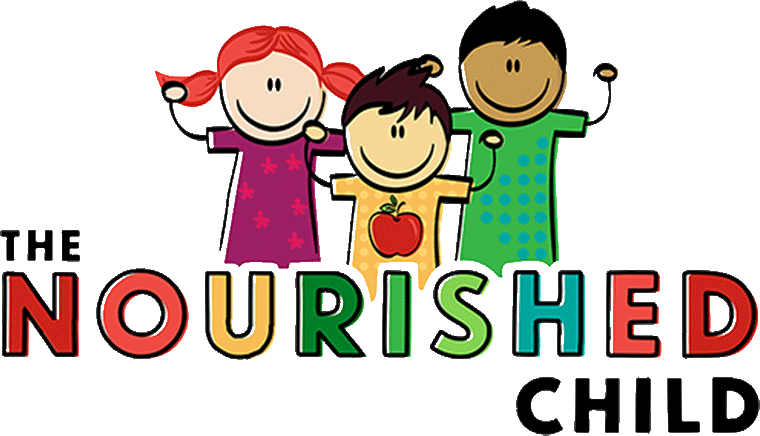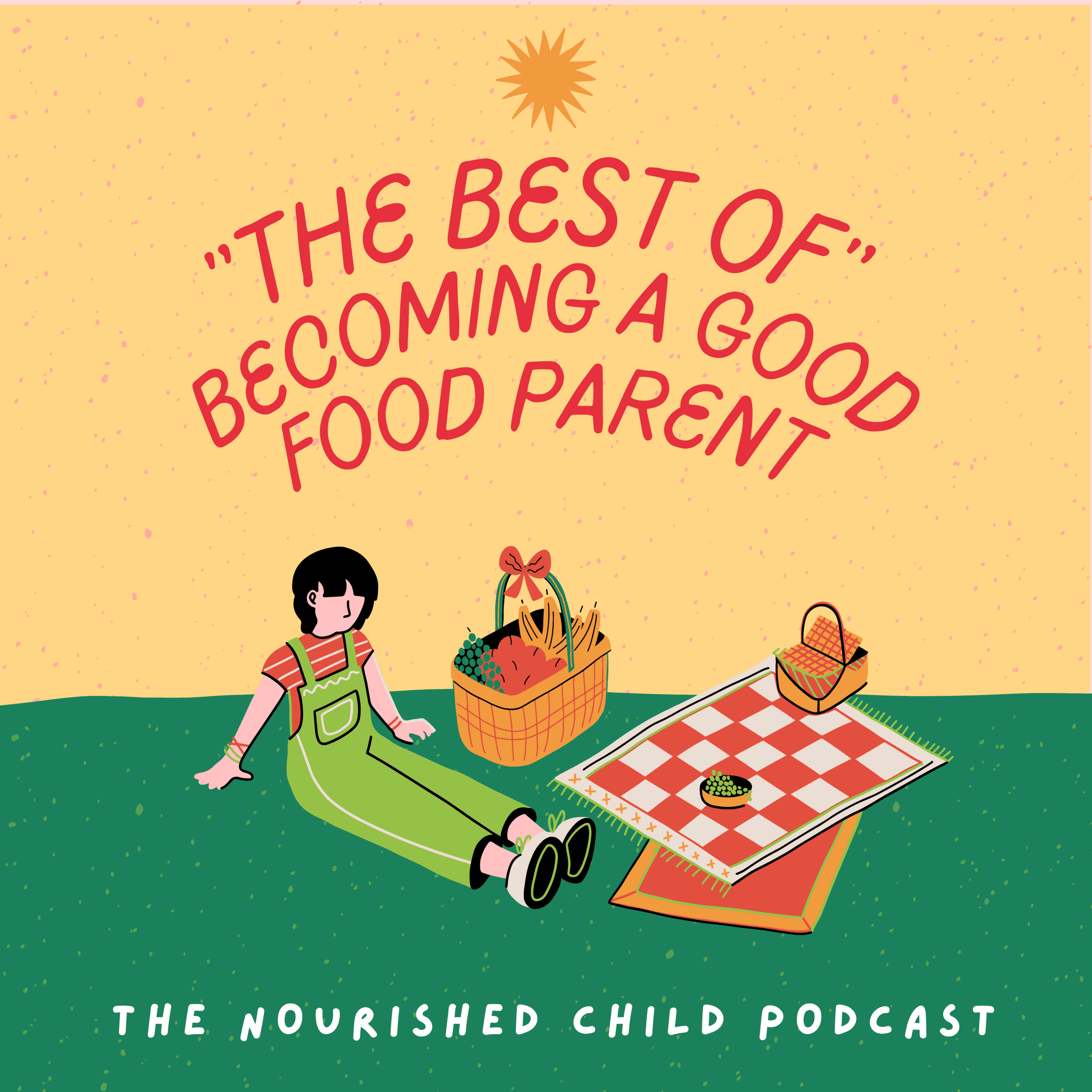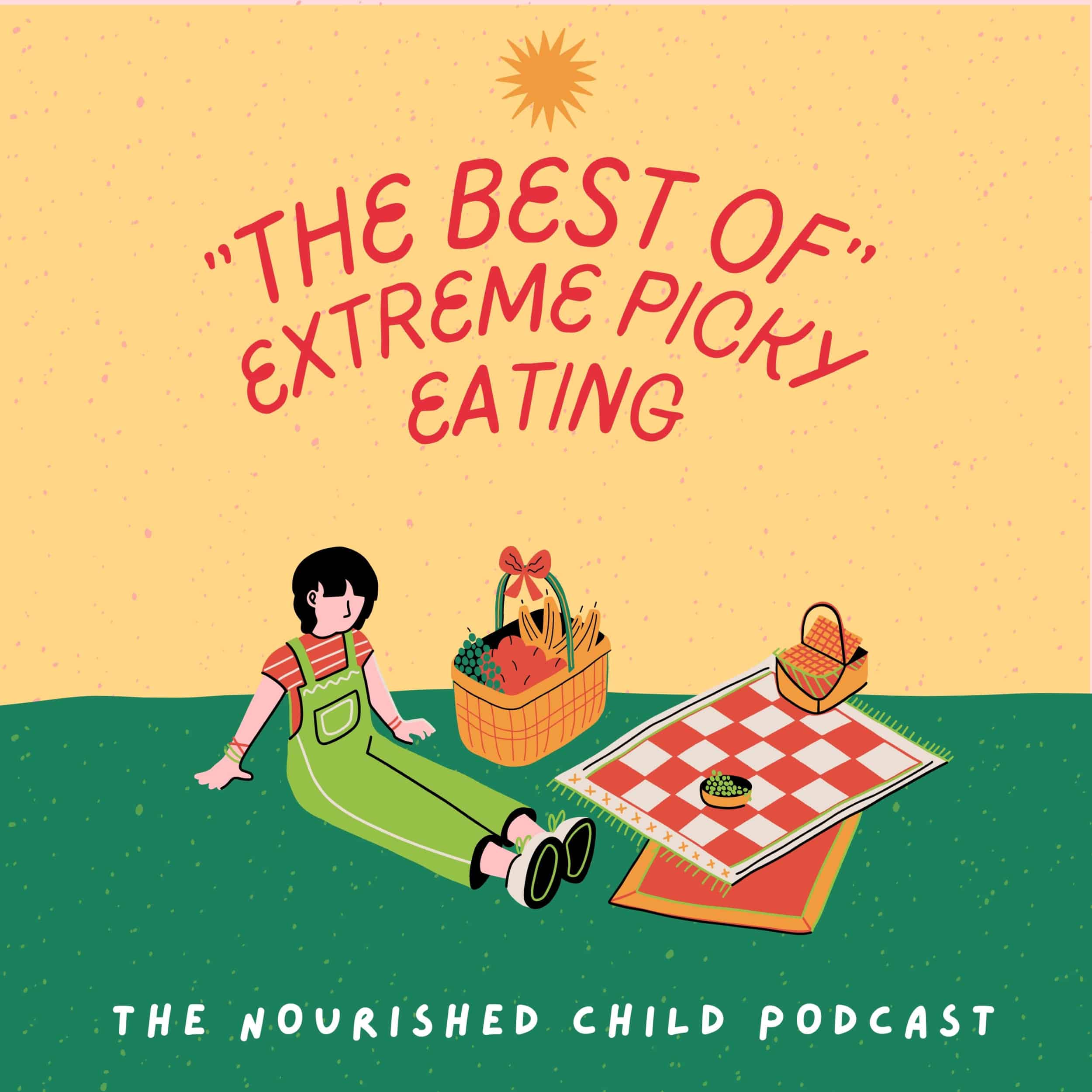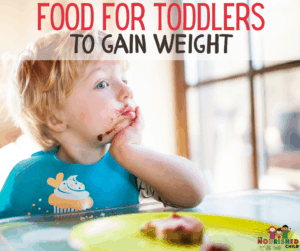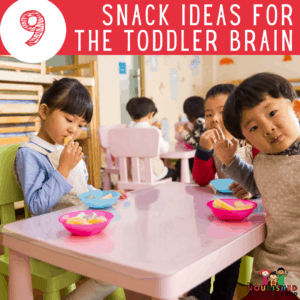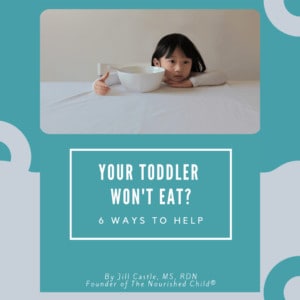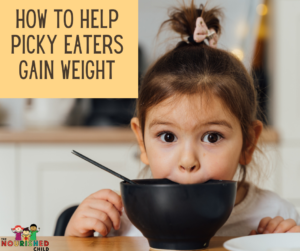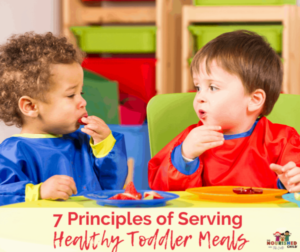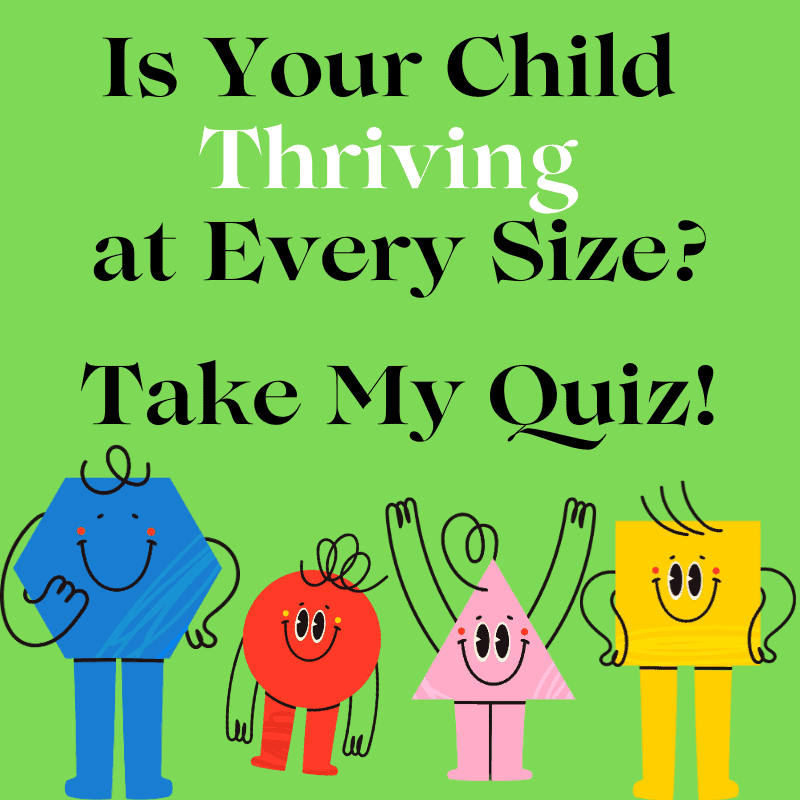Why Picky Eaters Love White Foods (and What Parents Can Do to Help)
June 10, 2022
Do you have a picky eater who only eats one color of food? Let’s dive into why so many kids prefer white foods and how to help them try new foods.
Picky eating takes many forms. For example, some kids happily eat only a few foods they like, while other kids have an aversion to certain textures and colors.
White foods look bland and safe, so it’s not surprising that white and beige foods like crackers and chicken tenders are popular with children. But extreme picky eaters miss out on essential nutrients when they avoid certain textures and colors.
Keep reading to find out why white foods appeal to children and what you can do to introduce more foods to your child’s diet.

Why Do Kids Like White Foods?
A world of intense flavors and colors opens up to young kids when they start eating solids. Some brave eaters taste various foods, but many kids eye new foods suspiciously.
Toddler picky eating is often part of development in young children. Your little one is testing his newfound autonomy and exploring taste preferences. And a child’s cautiousness about what he puts in his mouth can even be a good thing.
What are “white foods”?
It’s common for kids to prefer neutral-colored foods that are white or beige and have a smooth texture. This list of white foods is probably very familiar to you!
- Pasta
- Bread
- Crackers
- French fries
- Bananas
- Applesauce
- Peeled apples
- Popcorn
- Chicken
- Mozzarella cheese sticks
- Oat-O’s Cereal
So why does your child refuse to eat anything except a white diet? Let’s dive in.
Safe and Familiar
Many kid-friendly foods are white foods. Even baby’s first foods are often cereal, applesauce, pureed chicken, and crackers.
Young kids often keep gravitating toward foods that look safe and familiar as they are introduced to new foods. Food neophobia (fear of new food) is a normal resistance to new foods, and common in little ones.
The good news – it’s not the same as an oral aversion to food.
Sensory Food Aversion
Kids with sensory food aversion refuse to eat certain textures, colors, tastes and even temperatures. An aversion to food textures and colors is very common in children with ADHD and autism spectrum disorder.
Feeding problems are 70% more common in kids with autism than in kids without autism. It makes sense that a child with negative responses to textures, lights, and noises might want to avoid certain foods.
ARFID
The Diagnostic and Statistical Manual of Mental Disorders (DSM-5-TR) recently classified Avoidant Restrictive Food Intake Disorder as an eating disorder.
While picky eating can be extreme for some kids, ARFID is a refusal to eat which affects a child’s weight.
Children with ARFID may avoid food because they’re afraid of choking or they have a sensory aversion to certain colors or textures.
Food Jag
Kids sometimes go on food jags for days or weeks when they only want to eat one kind of food.
Many kid-friendly favorites are bland white foods like pasta and bagels. Usually this will pass.
5 Ways Parents Can Help Picky Eaters Try More Foods
As a children’s nutrition expert, my number one suggestion to help kids try new foods is to have patience.
Here are a few actionable tips for parents to help kids try new foods without tension during family mealtime.
#1 Don’t Pressure Kids to Eat
Bribing, punishment, and pressure make eating feel like a punishment for kids. It can make picky eating worse and affect how your child feels about certain foods.
#2 Make a Food Trial Schedule
Keep food trials separate from mealtimes. Family meals should be positive and tension-free so your child doesn’t associate meals with negative feelings and the pressure to eat.
A child struggling to accept new foods might even feel more pressure with an audience around the table.
Having a structure eases stress for both you and your child.
Pick a time and place where there won’t be any distractions. Limit meal duration to 20-30 minutes and plan to feed your child every 3 to 4 hours, so they’re hungry.
#3 Develop a Step-Wise System
Ease your child into trying new foods with a step-wise system. Start by introducing foods he’s most likely to accept and then progress towards more challenging foods.
Consider your child’s food preferences and offer age-appropriate foods like finger foods for toddlers.
A large plate of new foods can overwhelm a young child. Instead, introduce one new food at a time and offer small portions.
#4 Positive Reinforcement
How a parent reacts to a child when he refuses to eat and when he tries new food greatly influences a child’s feeding behavior.
Here’s where patience comes in.
Try to have a neutral response when your child rejects food. And react neutrally when he tries new food.
Your child’s only responsibility is to try the food. They don’t have to commit to liking it or even eating it.
When you change your expectation for the food trial, it takes a lot of pressure off of your child.
#5 Choose Nutrient-Rich Foods
It’s tempting to give a child anything they’ll eat when you’re afraid they’re not eating enough.
Instead, as you introduce new foods, use this opportunity to help your child develop a taste preference for nutrient-rich foods.
Check out these surprisingly healthy foods for picky eaters!

Send Me The Do’s & Dont’s of Picky Eating!
Final Thoughts about Liking White Food
When kids don’t “eat the rainbow” they miss out on various nutrients from different foods. Temporary food jags and a little pickiness are common during toddlerhood. Most picky eaters will get adequate nutrients from the handful of foods they eat because many foods are fortified.
Picky eating can become a long-term challenge for families when negative feeding behaviors aren’t corrected. However, parents can help their kids try new foods with patience and a step-wise food introduction plan.
That’s why I created the workbook Try New Food: How to Help Picky Eaters Taste, Eat and Like New Foods, which helps you introduce foods to picky eaters. If you need more guidance, my Nutrition for the Picky Eater class can help.
And be sure to check out The Ultimate Guide to Feeding the Picky Eater!
